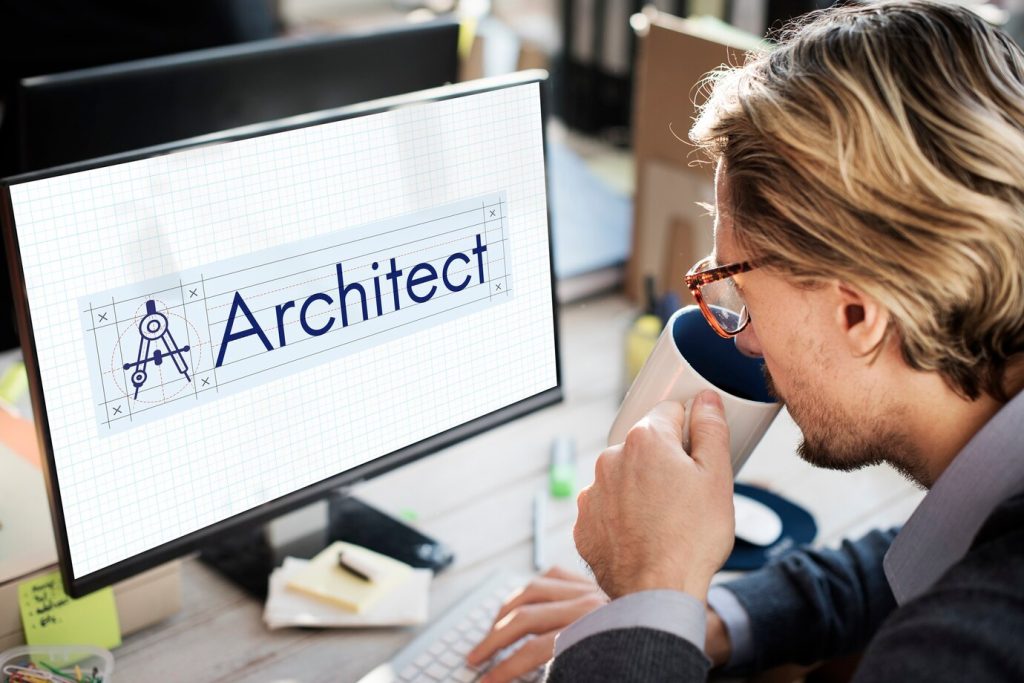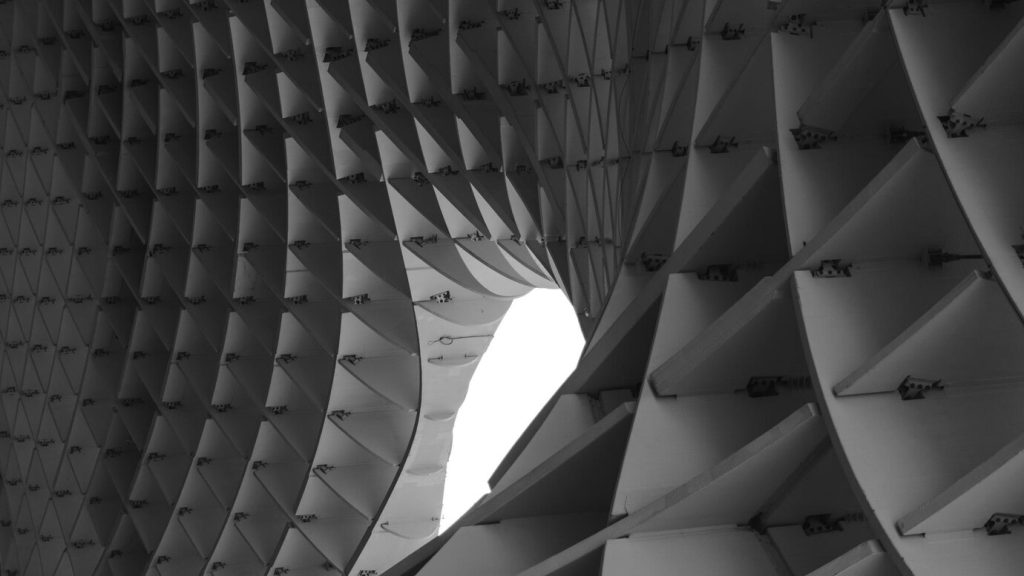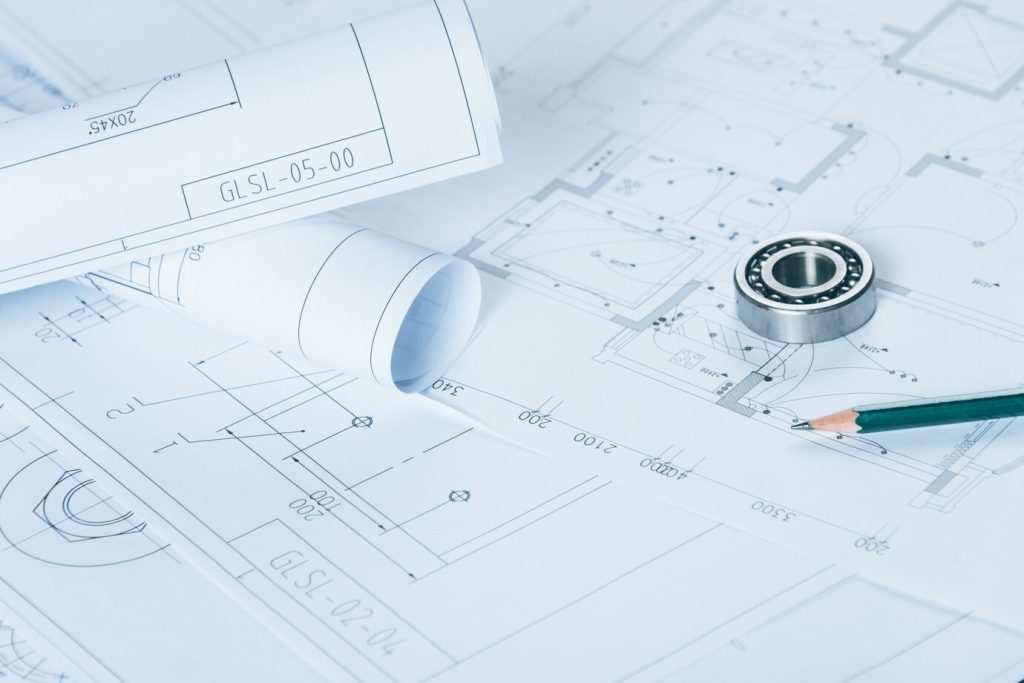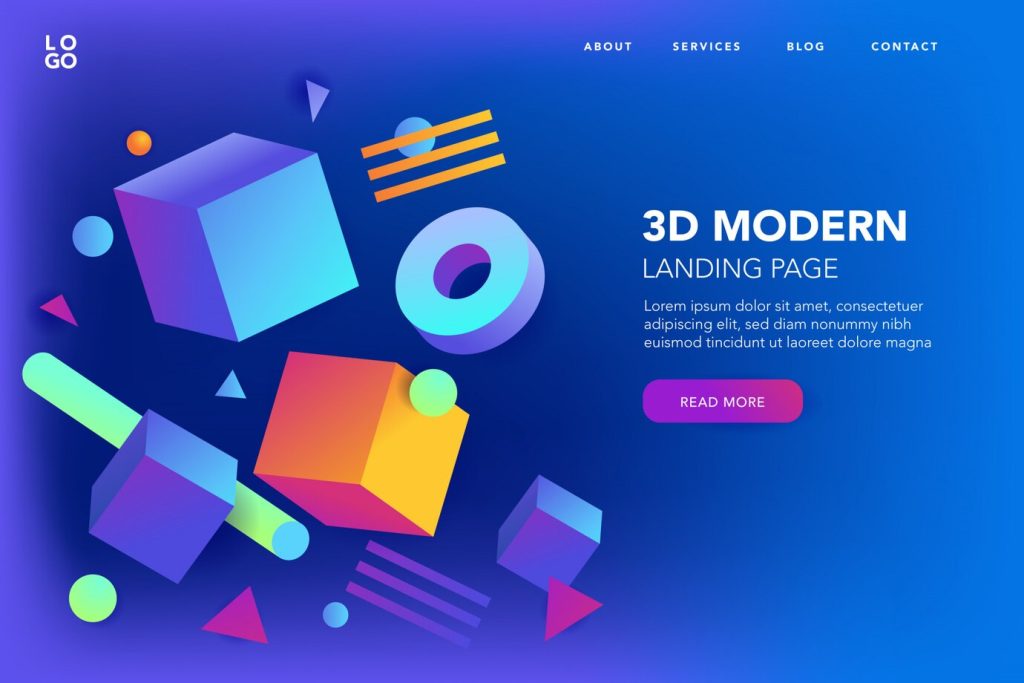
Architectural visualization is a powerful tool that bridges the gap between architectural ideas and their tangible realization. It’s where technology meets creativity, bringing to life blueprints and sketches. Here’s a comprehensive guide on the entire process.
Unveiling Architectural Visualization
‘Architectural Visualization’, also known as ‘Archviz’, refers to creating two-dimensional (2D) images or three-dimensional (3D) animations showcasing an architectural design. The ‘Significance of Archviz in Architecture’ is increasingly recognized in building client understanding and fostering project approval.

Initial Stage: Gathering Information
Before any work starts, it’s crucial to collect all necessary info about the project, including plans, elevations, materials, and budget. The more information, the more accurate and realistic the visualization will be.
3D Modeling: Bringing Design to Life
The next step is translating 2D blueprints into 3D models. Tools like ‘AutoCAD for 3D Modeling’, ‘SketchUp’, or ‘Rhino’ help in creating these models, which should accurately represent the dimensions and shapes of the architectural design.
Shading and Texturing: Increasing Realism
Once the model is built, texturing and shading make it come alive, replicating real-life materials such as bricks, wood, or glass. Software like ‘3DS Max and V-Ray for Texturing’ play a pivotal role in this phase.
Lighting: Illuminating Your Design
Lighting sets the mood and ambiance and adds realism to the scene. Whether it’s ‘Daylight Simulation in Archviz’ or ‘Artificial Lighting Effects’, understanding the fundamentals of light behavior is key.
Rendering: Capturing the Image
Rendering produces the actual visualization. Using software like ‘Corona Renderer’, artists capture static images or animation – the equivalent of taking a photo in the real world.

Post-production: Final Touch-ups
The last step involves enhancing the final render using software like ‘Photoshop for Post-Production’. This stage adds the finishing touches, adjusting colors, enhancing contrast, and adding background elements.
Case Study: The Gleaming Glasshouse
Consider an architect tasked with presenting a glasshouse design to a client. Through ‘Effective 3D Modeling’, the blueprint was transformed into a 3D structure. Shading and texturing added a realistic feel to the glass and steel. Special attention was paid to ‘Lighting Techniques for Glasshouses’, considering its transparent nature. The final render, presented in daylight and illuminated nighttime scenarios, impressed the client and secured approval.
In conclusion, ‘Archviz: The Journey from Blueprint to Realistic Render’ is a synthesis of technological skills, artistic ability, and architectural appreciation. By understanding the process, you can create presentations that are not just aesthetically pleasing, but also compelling narratives of envisioned architecture.


